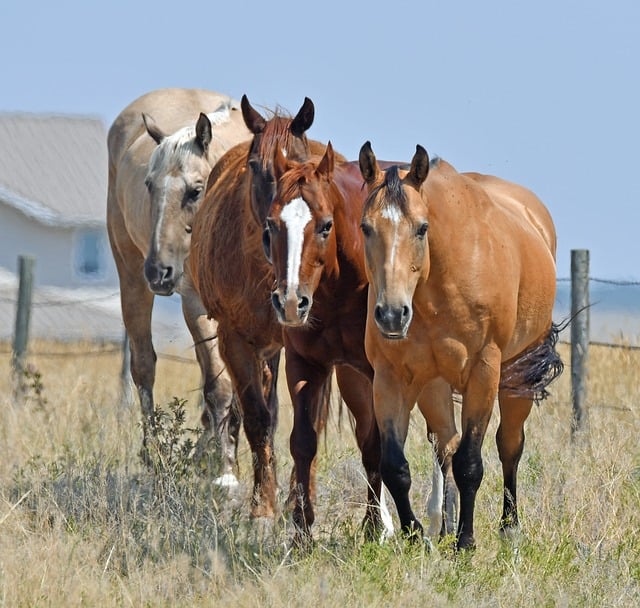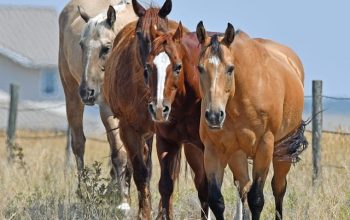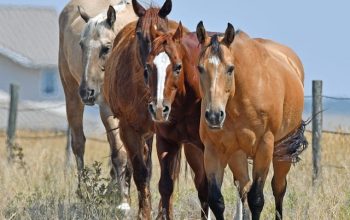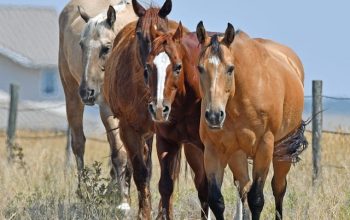Fencing for farms requires tailoring design to livestock types, terrain, and climate. Optimal heights range from 4-6 feet for general containment to 8+ feet for crop protection, with spacing between posts at 2-3 feet for strength and aesthetics. Regular maintenance ensures longevity and effectiveness, enhancing farm curb appeal while managing animals and land efficiently.
Fencing for farms is a vital consideration for any agricultural operation, providing essential protection and defining boundaries. This comprehensive guide delves into the critical aspects of farm fencing, including height and spacing guidelines, to ensure optimal security and aesthetic appeal. From understanding specific farming needs to best installation practices, this article equips you with the knowledge to make informed decisions about your farm’s fence.
- Understanding Farm Fencing Needs
- Choosing the Right Fence Height for Different Purposes
- Spacing Guidelines for Optimal Security and Aesthetics
- Best Practices for Farm Fence Installation
Understanding Farm Fencing Needs
Fencing for farms is a crucial aspect of managing livestock, protecting crops, and ensuring efficient land utilisation. Understanding the specific needs of your farm involves considering various factors such as terrain, climate, and the type of animals you intend to keep. The primary purpose of fencing in farming is to create boundaries that control animal movement, preventing them from straying into unwanted areas or escaping. It also serves to keep out intruders and protect crops from grazing.
When designing a fencing system for your farm, it’s essential to assess the height and spacing requirements based on the animals you’re managing. For example, sheep and goats typically require lower fences (around 3-4 feet) to prevent them from leaping over, while larger livestock like cattle need taller fences (6 feet or more) to deter jumping and wandering. Spacing between fence posts is also critical; it should be close enough to provide strength and stability but not so tight as to hinder visibility for animals and farmworkers alike.
Choosing the Right Fence Height for Different Purposes
When considering fencing for farms, selecting the appropriate height is a key decision that depends on various factors. For general livestock containment and boundary marking, a farm fence typically ranges from 4 to 6 feet in height. This height effectively keeps animals like cattle, sheep, and goats contained while allowing adequate airflow and visibility.
For more specific purposes, such as protecting valuable crops or providing privacy, higher fences may be required. In such cases, a fence of 8 feet or more can be suitable, especially when combined with additional security measures like electric fencing. The right height ensures the farm’s unique needs are met while maintaining efficiency in maintenance and cost-effectiveness.
Spacing Guidelines for Optimal Security and Aesthetics
When it comes to fencing for farms, proper spacing is key to achieving both optimal security and aesthetic appeal. For livestock containment, a general guideline is to allow approximately 2-3 feet (0.6-0.9 meters) of space between each post, depending on the type of fence and the animals being contained. This ensures the fence can withstand regular use and prevents animals from escaping or getting caught in the wiring.
Aesthetically, consistent spacing creates a clean, uniform look for your farm. Evenly spaced posts line up with the eye, making the fence appear more balanced and visually pleasing. In addition to maintaining order within the pasture, this attention to detail can enhance the overall curb appeal of your property, which is increasingly important in today’s market where buyers often seek out picturesque rural settings.
Best Practices for Farm Fence Installation
When installing a farm fence, it’s crucial to follow best practices that ensure durability, safety, and visual appeal. Start by assessing your land’s unique features: terrain, climate, and wildlife presence. Choose fencing materials suited to these factors—for instance, sturdy steel or wood for harsh climates, and barbed wire or electric fences for areas with high livestock traffic or predators. Proper spacing is vital; consult guidelines specific to your region and intended use. For farms with large areas, consider a combination of different types and heights of fences to create zones for grazing, protection, and security.
Installation should adhere to precise measurements and secure posts deeply embedded in the ground. Maintain consistent spacing between posts and ensure gates are properly fitted for smooth operation. Regular maintenance, including inspection, cleaning, and repair, is essential to prolong the life of your farm fence. This involves checking for loose or damaged components, treating wood to prevent rot, and replacing worn-out sections promptly. By following these best practices, you’ll establish a robust and effective fencing system tailored to your farm’s unique needs.
When considering fencing for farms, understanding your specific needs, choosing the right height, adhering to spacing guidelines, and implementing best practices are key to achieving optimal security and aesthetic appeal. By following these farm fencing guidelines, you can create a robust barrier that protects your land while enhancing its overall beauty.




